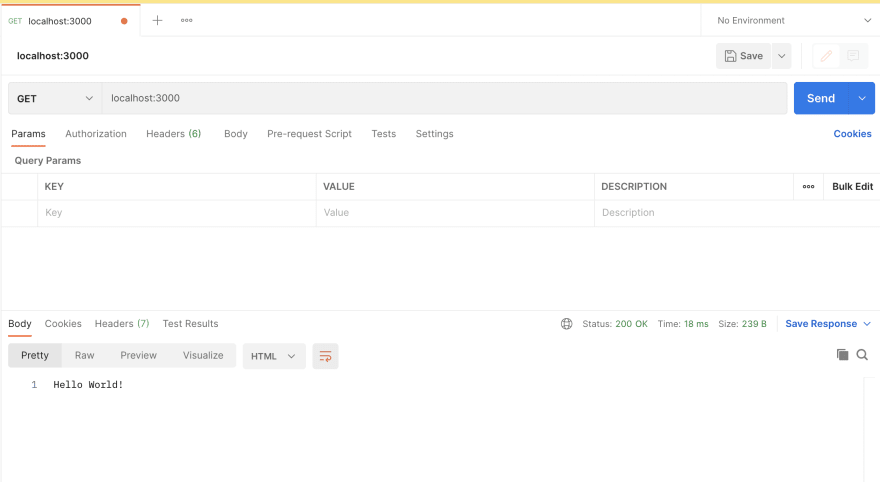Learn NestJs by creating a user management system, Part -1
While you follow along with us it's highly recommended to go through the official documentation.
The goal of this part:
- Create NestJs project
- Create routes or controllers
Step1: Let's start by creating a project
$ npm i -g @nestjs/cli
$ nest new user-management-with-nestjs
Now, you can run go inside the project
cd user-management-with-nestjs
and run the project
npm run start
You may configure the project to listen to any other port by updating in main.ts file.
await app.listen(<another-port>);
Step 2: Now you need a route to get a list of users and to create a route you need a controller.
You may use CLI to generate a controller
nest generate controller users
or
create a users/users.controller.ts file manually but remember need to register the controller in app.module.ts
import { Module } from '@nestjs/common';
import { AppController } from './app.controller';
import { AppService } from './app.service';
import { UsersController } from './users/users.controller';
@Module({
imports: [],
controllers: [AppController, UsersController],
providers: [AppService],
})
export class AppModule {}
Presently controller file is empty and you can add decorators.
-
@Controller()decorator to easily group a set of related routes - Standard HTTP methods:
@Get(),@Post(),@Put(),@Patch(),@Delete(),@Options(), and@Head(). In addition,@All()defines an endpoint that handles all of them. - Route parameters declared in this way can be accessed using the @param() decorator
You can try to create a rest API CRUD to create, read, update, and delete a user.
@Get /users/@Get /users/:id@Post /users/@Put /users/:id@Delete /users/:id
As you don't have a database connection yet you can begin with an array to hold the data.
const sampleUsers = [{
id:1,
name:'user1',
email:'user1@email.com'
}]
simple implementation of CRUD can be as follows in users.controller.ts and a few more additional http methods are shown.
import { Controller, Delete, Get, Param, Patch, Post, Put } from '@nestjs/common';
let sampleUsers = [{
id: 1,
name: 'user1',
email: 'user1@email.com'
}]
@Controller('users')
export class UsersController {
@Get()
findAll() {
return sampleUsers
}
@Get(':id')
findOne(@Param() params) {
const id = params.id
return sampleUsers.find(user => user.id === id)
}
@Post()
createOne() {
const paramsBody = {
id: 2,
name: 'user2',
email: 'user2@email.com'
}
sampleUsers.push(paramsBody)
return sampleUsers
}
@Put(':id')
updateOne(@Param() params) {
const id = params.id
const paramsBody = {
id: id,
name: 'updatedUser',
email: 'email-updated@email.com'
}
const indexOfUser = sampleUsers.findIndex(item => item.id === id)
sampleUsers[indexOfUser] = paramsBody
return sampleUsers[indexOfUser]
}
@Patch(':id')
updateOnePartly(@Param() params) {
const id = params.id
const paramsBody = {
email: 'email-update-only@email.com'
}
const indexOfUser = sampleUsers.findIndex(item => item.id === id)
sampleUsers[indexOfUser].email = paramsBody.email
return sampleUsers[indexOfUser]
}
@Delete(':id')
deleteOne(@Param() params) {
const id = params.id
sampleUsers = sampleUsers.filter(user => user.id === id)
return sampleUsers
}
}
You can get the source code in Github. Like the post for part-2.
I will be posting bi-weekly for javascript developers. Feel free to request topics that you would like to learn or recommend in the comment section.




Top comments (0)